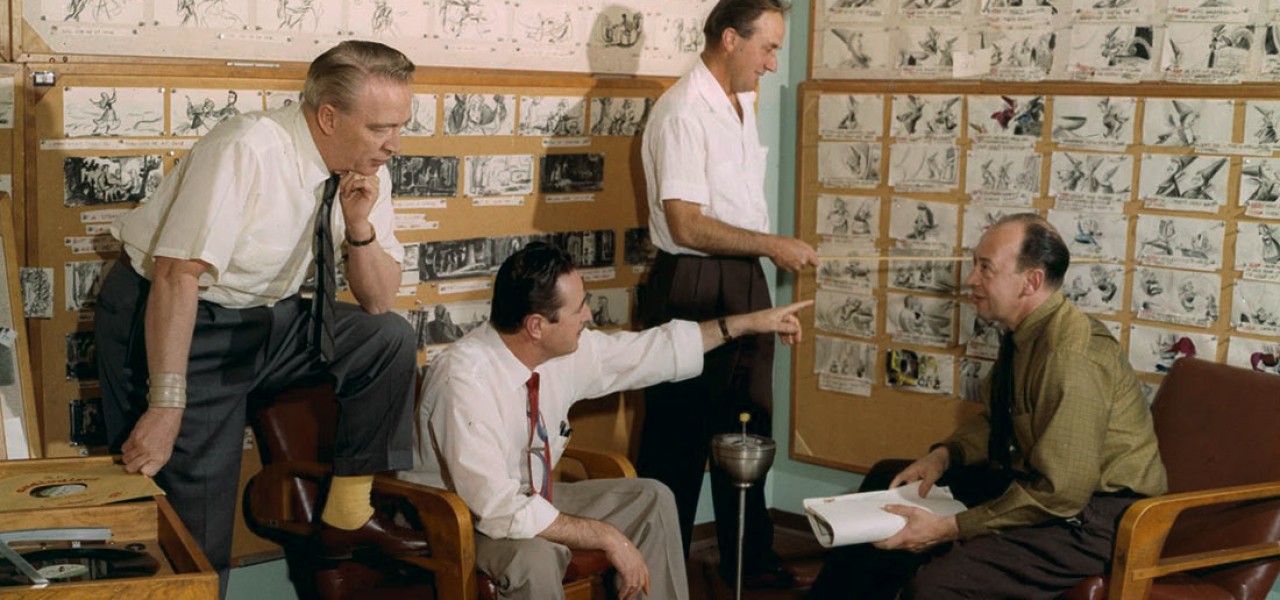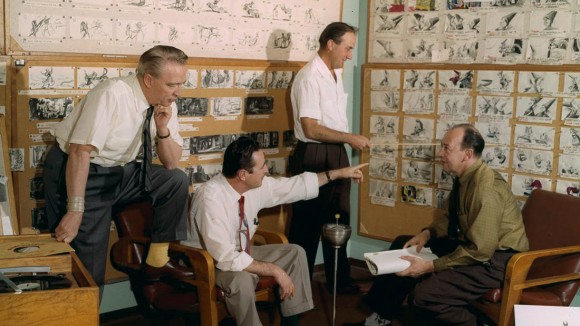

How Long Should It Take To Draw A Storyboard Panel?
Plenty of educational material about how to create animation is posted online nowadays, yet there is surprisingly little discussion about the nuts-and-bolts of industry production.
For example, here’s a basic question: How long should it take for an industry artist to draw a storyboard panel for a TV production? Good luck finding an intelligent answer to that one.
Until now, that is. A 25-year veteran of the TV animation industry recently sat down to figure out the average amount of time it takes to draw a board panel. The number he/she came up with was an average of 20 minutes, based on a script with equal parts action and acting, and importantly, no revisions. The artist shared the math in a detailed post on the Animation Guild blog with all sorts of adjustments for different styles and types of boards.
The storyboard artist explained that drawing a storyboard for a TV series doesn’t mean just pumping out a series of quick sketches to describe the action. A fully cleaned-up panel of a storyboard must consist of the following elements:
- Suggested background
- An on-model character – either a) establishing and/or b) acting / expressing story point
- Scene description, and camera action. Special effects description.
- Initial rough timing/animatic set-up (for ToonBoom Storyboard Pro)
The artist went on to break down each storyboard panel into a three-step process, comprised of planning, drawing, and description, with a detailed explanation of each.
So, why is it so important that young artists understand how long it should take to draw a single board panel? The key reason is that many TV producers have begun shortening production schedules so that they can cut budgets on boarding.
The average length of time an industry artist used to have to create a board for an 11-minute TV episode was six weeks. In recent years, deadlines have dropped to five weeks, and on more current productions, artists are being squeezed to create the same amount of work in four. When the numbers are crunched (and the storyboard artist who started the discussion on the Animation Guild’s blog does crunch the numbers), the four-week schedule begins to look excessively rushed.
With shortened schedules, corners must be cut and the quality of episodes suffers, while artists must work longer hours – often without pay – to meet the unreasonable demands of their bosses.
It’s important to note that the Animation Guild’s blog post reflects the experiences of a single artist, and obviously not every artist works at the same speed. To extend the discussion, if you’re a storyboard artist working in the TV industry, please share your experiences in our comments regarding boarding deadlines and whether your studio allows a reasonable amount of time to produce boards.

.png)